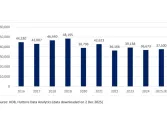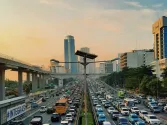
Keeping Asia’s digital transformation secure in the age of AI
By Rakshit Ghura, Vice President & General Manager of Lenovo Digital Workplace Solutions.
AI is driving transformation across Asia, reshaping how businesses grow, compete, and deliver value. But as digital environments expand, so do the entry points for attack.
Lenovo’s latest Work Reborn report, Reinforcing the Modern Workplace, reveals that nine in ten IT leaders are not very confident in their ability to defend against evolving AI-enabled threats. It’s a sign that traditional approaches are no longer enough and that organisations need to rethink how security itself works in an AI-driven world.

Traditional defences fall short
Most security frameworks were built for predictable threats and known attack patterns. AI has changed that equation. Attacks now mutate, mimic legitimate behaviour, and move across devices, clouds, and applications in ways old systems were never designed to catch.
Closing this gap starts with strengthening the core capabilities that define how quickly an organisation can detect, respond, and recover. This includes data protection to secure sensitive information across a distributed system; vulnerability analysis to spot weaknesses before attackers can exploit them; incident detection to identify breaches faster and limit disruption; and identity management to control who and what has access to critical data.
These areas remain critical to understanding and tackling emerging risks.
What are the new AI threats?
Our report identifies two major sources of AI-enabled risk: external attacks and internal vulnerabilities.
On the outside, cybercriminals are using AI to automate and disguise their activity. Tactics such as polymorphic malware, model poisoning, and AI-driven phishing evolve faster than traditional defences can respond. These threats spread across cloud environments, devices and applications, exploiting any weakness in visibility or control.
Inside the organisation, new vulnerabilities are emerging just as quickly. More than half of IT leaders are concerned about employees misusing public AI tools, whilst 49% cite risks from AI agents with excessive access.
Smarter defences for the age of AI
Effective protection starts by viewing internal and external risks as a single system. Organisations must secure against the risks that come with adopting and managing AI internally, as well as against AI-driven threats from the outside.
IT leaders can enhance protections by establishing visibility across devices, data, applications, and clouds, enabling AI tools to detect and respond to risks in real time. Yet progress for Asian businesses is often slowed by three common challenges:
- Increasingly complex hybrid IT environments, reported by 86% of IT leaders.
- Shortages of skilled cybersecurity professionals, reported by 82% of IT leaders.
- Constrained budgets, reported by 70% of IT leaders.
These barriers are significant, but they can be overcome with the right expertise and scale. Working with an experienced partner gives organisations access to AI-integrated security systems with proven experience protecting complex digital workplaces. When applied strategically, AI can strengthen both security and efficiency by automating threat detection, accelerating response and reducing manual workloads for security teams.
For example, Microsoft research shows that tools such as Security Copilot can help resolve incidents up to 30% faster than standard security tools.
Turn AI risk into AI resilience
Building true resilience requires a long-term security strategy that evolves alongside AI itself.
By taking a holistic view of risk, integrating AI into everyday security operations and working with trusted partners, IT leaders can reinforce their workplaces for the future. This is how businesses can build lasting resilience as AI continues to evolve.
Explore practical steps for strengthening resilience and security in Reinforcing the Modern Workplace, the third report in the Lenovo Work Reborn research series.






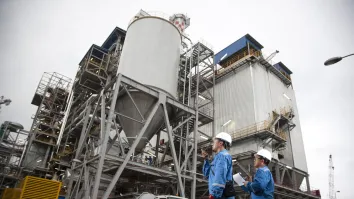



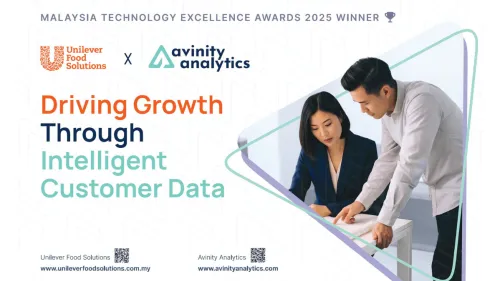

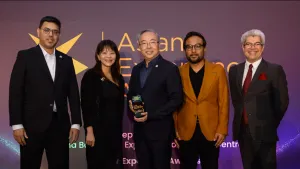


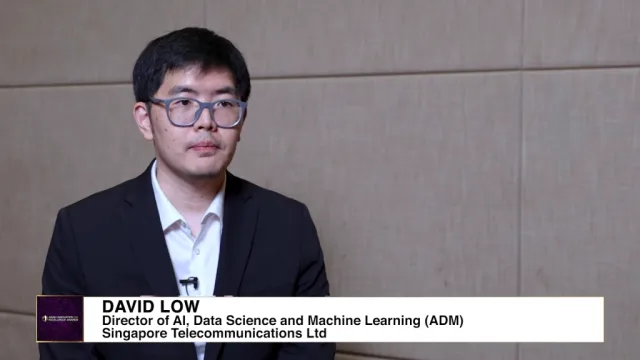



 Advertise
Advertise
